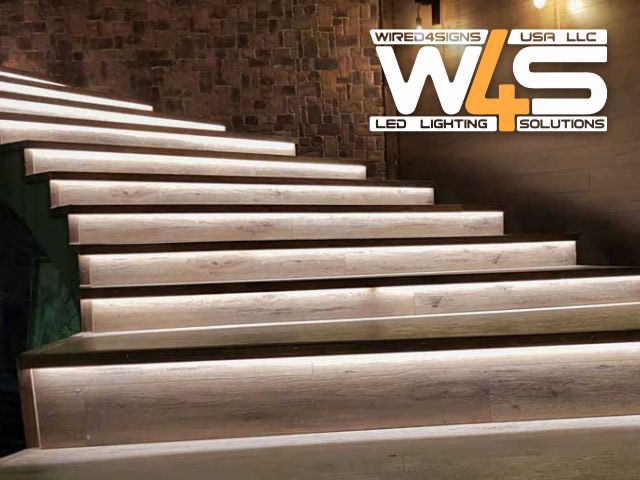
Traditional fluorescent lighting has been overtaken by LED tube lights, and this trend is expected to continue. Indoor and outdoor illumination, road lighting, spotlighting, and other applications benefit from LEDs’ weather-independent properties.
There are numerous LED models to pick from as well, and there are a few things to keep in mind while deciding on the best LED light for your needs. If you’re in the market for an LED tube light, we’ve got some helpful tips for you here.
1. Consider the color temperature
Before deciding to switch to LED tube lights, you should consider the color temperature of the bulbs. The typical color temperature range is between 2400K and 6500K. 6000K generates a vivid mood-enhancing blue light when the temperature is set to 5000K. Hospitals, art studios, and offices are the best places to use these ranges.
It’s best to use 2700–3000K light bulbs to create a friendly and warm atmosphere. Your home, hotel lobbies and restaurants will all benefit from these temperatures.
2. Check the lumens for brightness levels
Lumens, rather than watts, are used to measure brightness when selecting LED tube lights. An incandescent bulb rated at 150 watts is equivalent to an LED rated at 25–28 watts; as a result, an incandescent bulb consumes five times as much power as an LED bulb to produce the same amount of light.
To get the output you want, it’s best to figure out your ideal brightness in lumens first.
3. Factor in the long-term cost
The upfront cost of LED tube lights is more than that of traditional lighting, but don’t let this deter you. Think of this as a long-term investment, as LED lighting will save you money in the long run.
Compared to traditional lights, LED lights have a substantially lower lifetime cost because of their long life expectancy.
4. Consider your dimmer options
LEDs don’t have the same direct relationship between brightness and energy as traditional dimmers do when used to limit the amount of electricity provided to incandescent lights to control the brightness of a room.
There are two ways to use LED lights with a dimmer. To begin, look for LED tube lights that may be dimmed using conventional methods. Alternatively, an LED compatible dimmer switch can be used to replace the old switching mechanism.
5. Check the natural temperature of the room
LED lights have a significantly lower temperature compared to the more conventional incandescent lights. But just because it’s cooler doesn’t mean there won’t be any heat produced at all.
In point of fact, the heat sink located at the base of the structure absorbs the scant amount of heat that is produced and releases it into the surrounding atmosphere.
In the event that your fixture is contained within an enclosed space, there will be nowhere for the heat to escape. Look for LED lights that are able to function at temperatures significantly higher than the norm for fittings of this kind.
